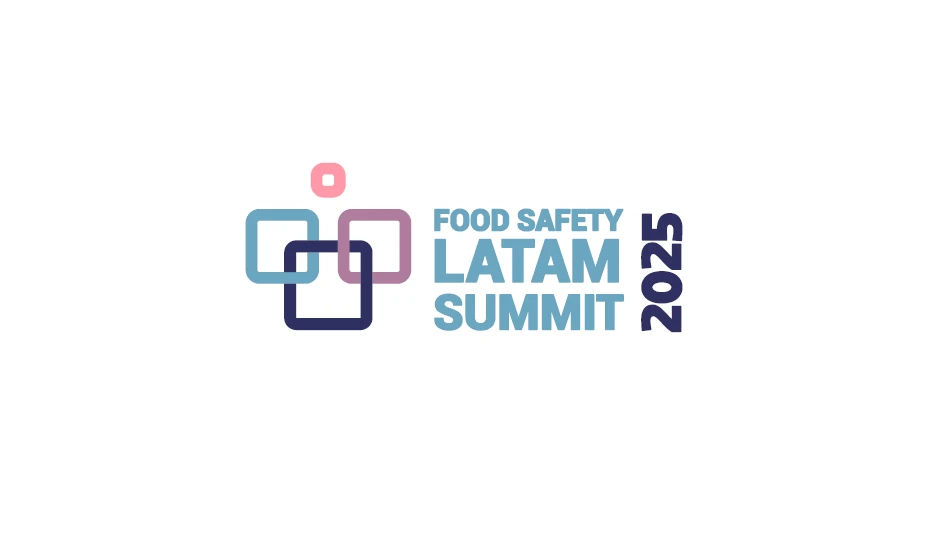One of the things I like best about my job as QA editor — and about the food industry — is that, even after 15 years, I not only continue to learn something new every issue, I am continually surprised and amazed by the vastness and variety of the food industry and the unique aspects that can be found in our own backyards.
Take this issue’s cover story on Spice Acres as an example. It was seeded by an invitation to a farm-to-table dinner, germinated into an idea for a QA feature, and produced a Cover Profile with international roots.
In the nearly 30 (non-linear) years of my life that I’ve lived in the Akron area of Ohio, I’ve always been within five miles of the Cuyahoga Valley National Park, but I was never aware of its distinctive agricultural legacy. For the last five years, I’ve driven by one of the seemingly contradictory signposts to and from work; gone by another on my bi-weekly visits to Mom’s; and been to events at or passed by countless others in my years in the area.

Never once did the signposts strike me as unusual, despite the incongruency of their listings as family farms on National Park signposts. Each of the 61 National Parks of the U.S. has its own unique characteristics — of varying recognition. There are no geysers, sandstone arches, forts, or world-famous carvings in the Ohio national park, but it has received national and international attention for its conservancy stewardship and sustainable agricultural land-use model.
Spice Acre’s Ben Bebenroth is the ultimate ambassador for that stewardship. Not only does he serve up farm-to-table to its fullest — challenging the chefs of his Cleveland restaurant to use every product and edible part of the farm’s harvest; recycling truckloads of municipal leaf collection for mulch; and setting aside an area of the land for a Learning Garden to bring students — and adults — closer to the roots of their foods … so that more understand that “Yes, French fries are potatoes.”
No matter how long you have worked in the food industry, it is likely that there is food production in your own backyard that you don’t know is there. In fact, it’s very likely that the longer we are in the industry, the more we think we know and the less we step outside of ourselves to see.

Explore the January February 2020 Issue
Check out more from this issue and find your next story to read.
Latest from Quality Assurance & Food Safety
- FDA Foods Coalition Urges RFK Not to Cut More Resources, Staff
- Bird Flu: What FSQA Professionals Need to Know
- Registration Open for 129th AFDO Annual Educational Conference
- Frank Yiannas, Aquatiq Partner to Expand Global Reach of Food Safety Culture
- World Food Safety Day 2025 Theme: Science in Action
- Ancera Launches Poultry Analytics System
- USDA Terminates Two Longstanding Food Safety Advisory Committees
- Catalyst Food Leaders Announces Virtual Leadership Summit for People in Food





